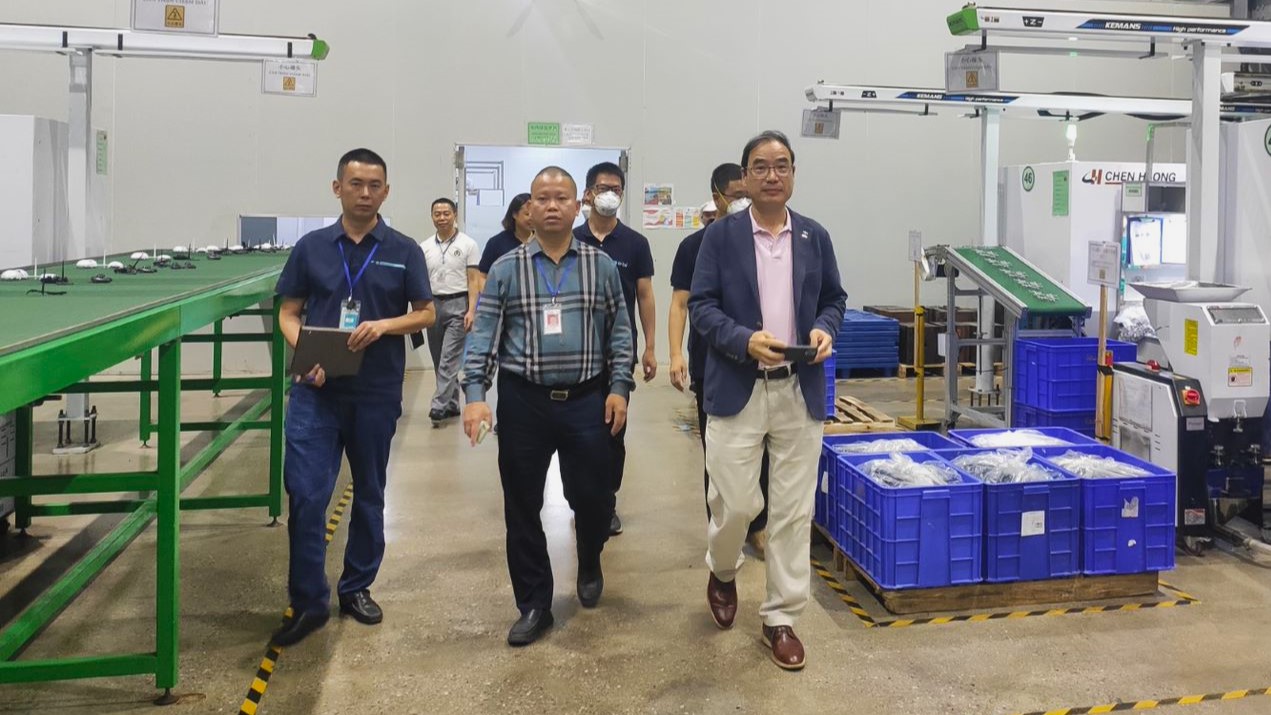The United States’ new tariffs on China, Mexico, Europe, and counter acts from elsewhere around the world have been a concerning topic in the business world. Since companies have built increasingly complex international supply chains, the impact of these tariff is much broader this time. However, these tariffs can also be used as a competitive advantage. We need to constantly redesign the supply chain ahead of competition to benefit from the impacts.
Tariffs are created by various interest groups and have been around since the formation of countries and governments. They come and go as political situations change. Every few years they tend to be adjusted to fit the interest group’s needs in each country. Lately, this has been a rising issue among most countries in the world as political structure changes. The changes are seemingly generating more widespread impacts on economies. In order to minimize the tariff change impact, a company needs to adjust and redesign its global supply chain structure and use the tariff as a competitive advantage rather than a disadvantage.
Going back to basics, what is a global supply chain? A global supply chain is a material flow or service flow from around the world in order to deliver a certain product or service value to clients. A good global supply chain is an effective, competitive, and sustainable method of delivering products. We can also call this a good “value chain”. If we think of the supply chain like a system of waterways or rivers, tariffs would be like dams built by beavers that block the flow and create reservoirs for those local beavers or interest groups.
Use Apple products as an example of supply chain design. These products are made/assembled in China by Foxconn and other companies, which are wholly owned subsidiaries of foreign companies in China. They employ hundreds of thousands of Chinese laborers during peak manufacturing season. But the majority of high value added materials, such as CPUs, screens, and other chips, are imported to China from tier 2 suppliers in the US, Japan, Korea, and many other countries. Of course, the most important software and firmware are all from Silicon Valley. If we track this supply chain through tier 2 and tier 3, we will find that over 40 countries around the world are knitted into it. Each of these countries is imposing import duties of different types and numbers along the way. Still, Apple manages to get the best end price for their products by designing and routing their supply chain in a cost effective way, allowing them to make close to 90% of the total profits of the cell phone industry.
For a good supply chain design, we need to find and identify a flow system that runs by smaller and fewer dams and with fewer beavers. In other words, a well-functioning design with less interest groups and tariff requirements. To design a supply chain this way, it is necessary to evaluate the system and quickly reroute to a better path by carefully studying the geopolitical structure. Of course the supply chain has never been static. Its paths have always been migrating like a river flow system. This is why it is even more important to keep a close look on the supply chain, know exactly how it is functioning, add in the risk of potential hazards, and make supply chain decisions from there.
Of course, aside from the tariffs, materials, labor resources, engineering support, equipment capacities, capabilities, logistics, speed of supply chain, culture, finance, and political status in each country are all different, yet critical parameters. Based on specific demand characteristics and product needs, companies will need to develop a unique supply chain that best leverages resources from a combination of cost effective countries such as China, Thailand, Vietnam, India, EU, Malaysia, Taiwan, or Mexico. For advanced design and service capability, it may also be necessary to acquire resources from developed countries. A well designed supply chain integrates the best combination of resources from all countries.
It can get complicated though. As part of risk management, companies should have a solid understanding of local trade laws and of the valuation and classification of their goods in regards to import/export. An exporting country may require 35-40% of the cost of goods to be sourced locally, for example. Think about alternatives, ways to streamline, or ways products can potentially be redesigned to avoid being hit by new tariffs.
In order to redesign the supply chain to come out ahead, you have to be flexible, creative, and always on your feet. Policies can change just as quickly as they come about. With a thorough understanding of your business, where its supply chain stands, good execution, and good control of global resources, quick decisions can be made to reach an optimized solution ahead of competition.





